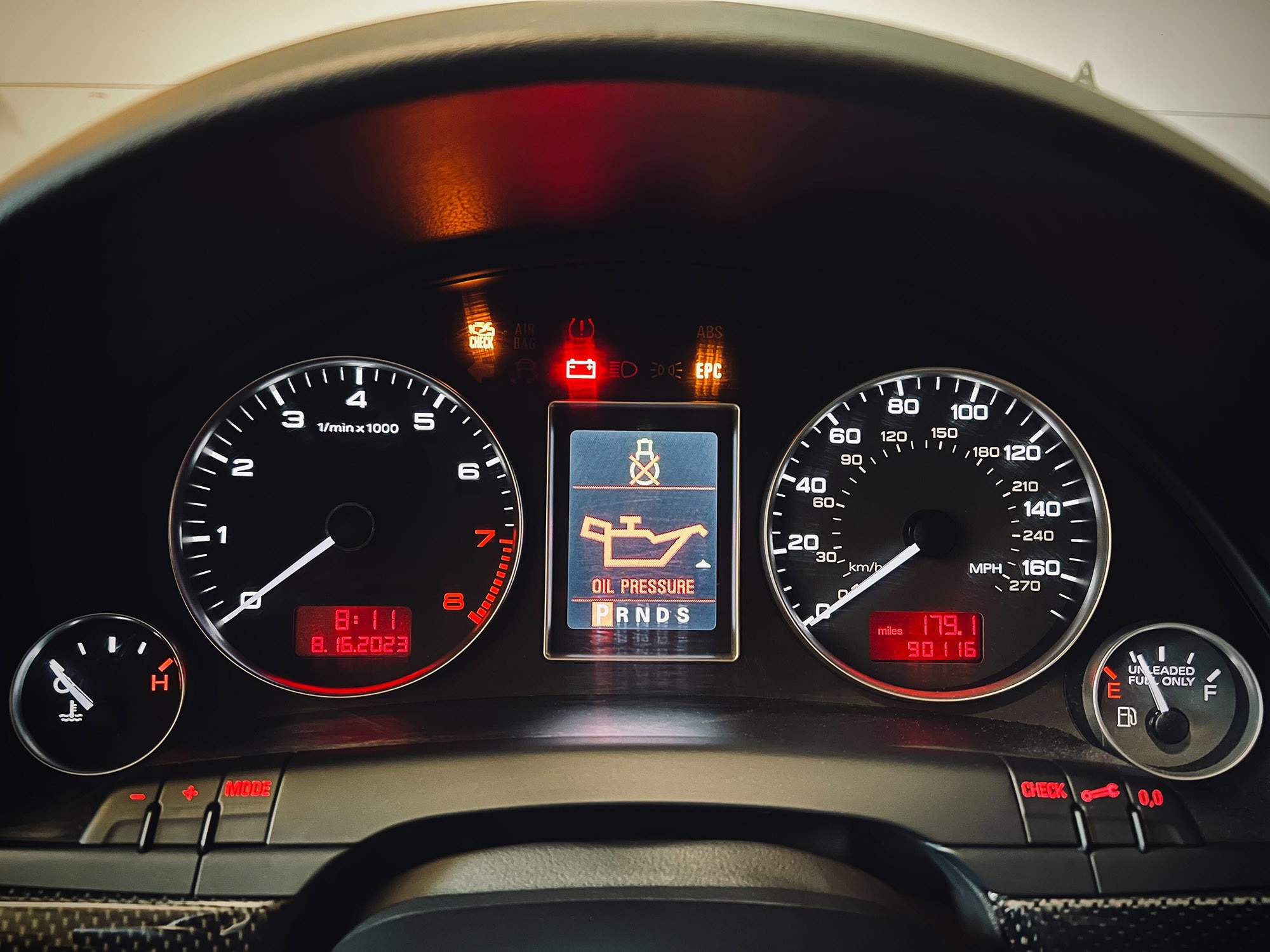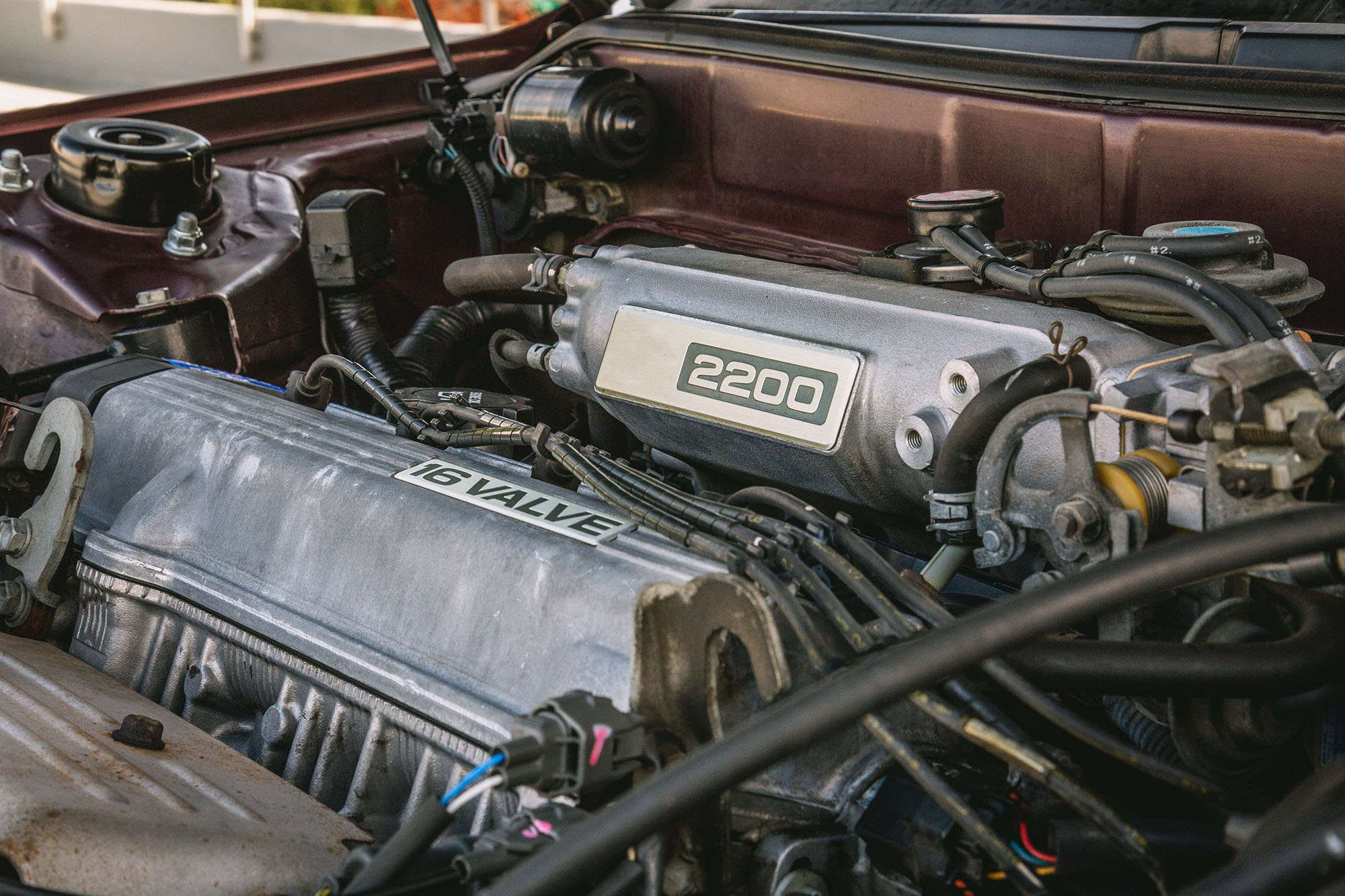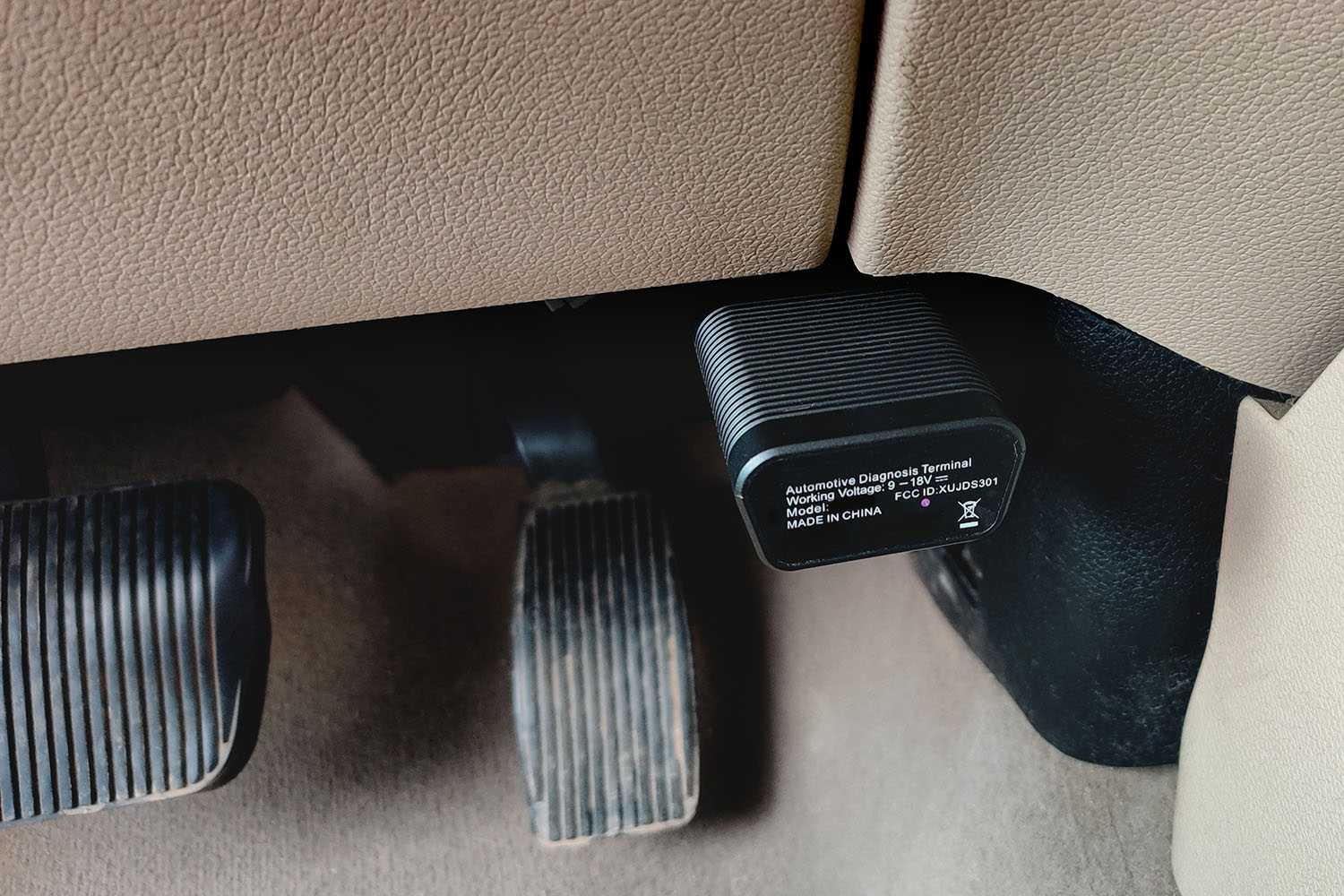What to do When Your Check Engine Light Comes On
The check engine light is the first indication that something might be wrong, so it's best to pay attention and play it safe.
 Manuel Carrillo III | Capital One
Manuel Carrillo III | Capital One
The modern vehicle is essentially a computer on wheels — and a complex one, to boot. There are ECUs (electronic control units) mounted everywhere, gathering information from sensors and triggering switches in a continuous flow of shared data. The ECUs control major vehicle functions — such as the operation of the engine — based on information that can include temperature, pressure, voltage, emissions levels, and more.
When the check engine light comes on, it could indicate anything from a minor issue to something critical. Here, we decipher what the lights and symbols mean and when you should seek immediate assistance.
 Manuel Carrillo III
Manuel Carrillo III
The Causes Behind Your Check Engine Light
Your computer on wheels is a networked system with the capability to diagnose its own health by drawing information from multiple engine sensors. As a result, the check engine symbol could be highlighting any number of issues. One of the more common reasons for the check engine light is also a simple fix: Simply tighten your gas cap.
At the other end of the scale, it could be something as serious and costly as faulty fuel injectors, ignition coils, oxygen sensors, thermostats, or the catalytic converters. In addition, the check engine light might not be related to the engine at all. It could be a problem with a sensor or an ECU.
 Manuel Carrillo III
Manuel Carrillo III
What the Different Car Warning Lights Mean
Each manufacturer has a slightly different approach to warning lights. When the check engine light comes on, your first step should be to consult the owner's manual to determine exactly what the onboard diagnostic system is telling you. Many vehicles have check engine lights that illuminate in yellow, orange, or red, depending on the severity of the problem. If the icon is yellow or orange and remains illuminated, it's likely a signal that the issue is important, but not as urgent as it could be. If the light is red or if it starts blinking, it's probably indicating a more serious issue and one that should be addressed urgently.
The other gauges and lights could provide additional information, such as low oil pressure or elevated engine temperature. A blinking light could signal an engine misfire that should be looked at by a professional as soon as possible. If your vehicle is equipped with remote diagnostic capabilities, a service advisor or even an email might be able to tell you what's wrong before you need to schedule a service appointment.
 Austin Lott
Austin Lott
How to Reset the Check Engine Light
There are a few ways to clear the check engine light. The simplest: Turn the vehicle on and off three times, a method that, to be clear, only works with certain models. Another approach is to purchase an OBD (onboard diagnostics) reader for about $75 and plug it into your vehicle's OBD port (usually found under the dash, just below the steering wheel). When the check engine light comes on, it generates an error code and the OBD reader will indicate the cause of the problem, to a certain degree.
For example, the error code could mean that a part is broken or a sensor is broken, or it could mean that a sensor is connected to a broken wire. Some OBD readers also have a reset button that allows you to clear the error code and the check engine light. That said, if you haven't addressed the reason why the light popped on in the first place, it will inevitably return.
Written by humans.
Edited by humans.
 Mark Hacking
Mark HackingMark Hacking is an award-winning writer with more than 20 years experience covering the automotive scene for some of the world's most popular publications. Mark holds an FIA International Race license and has his sights set on competing in the Rolex 24 at Daytona in the future. He was the first automotive journalist to race in the Ferrari Challenge series (in 2013) and the Jaguar I-PACE eTrophy series (in 2019).
Related articles
View more related articles